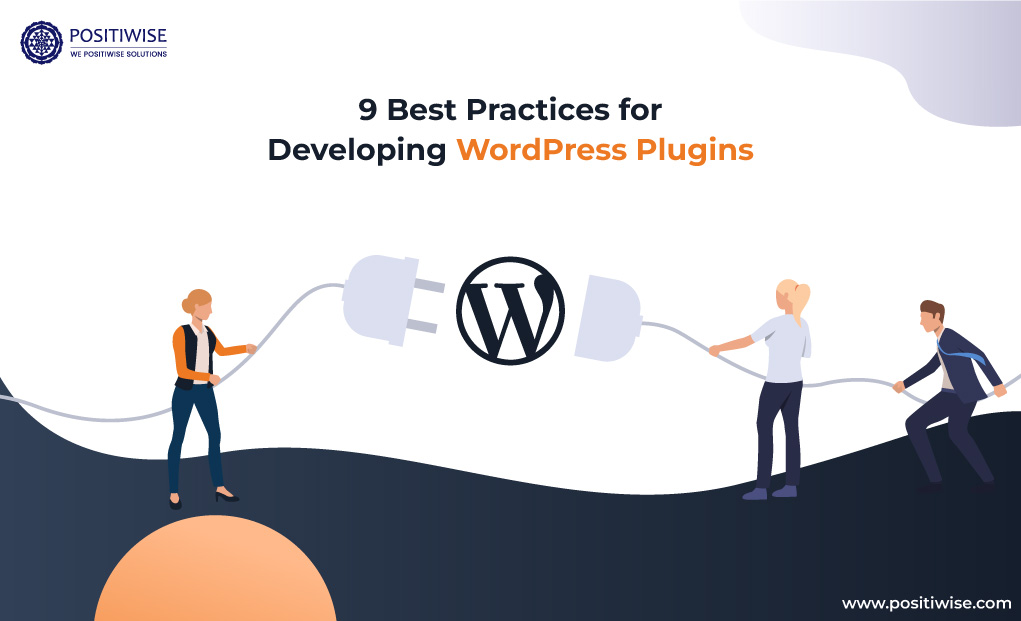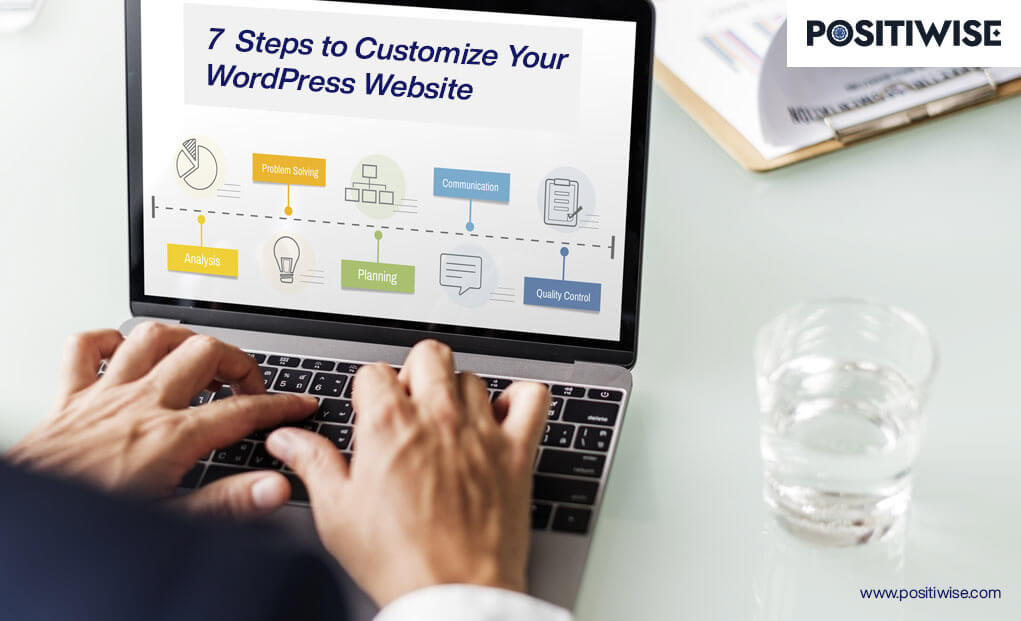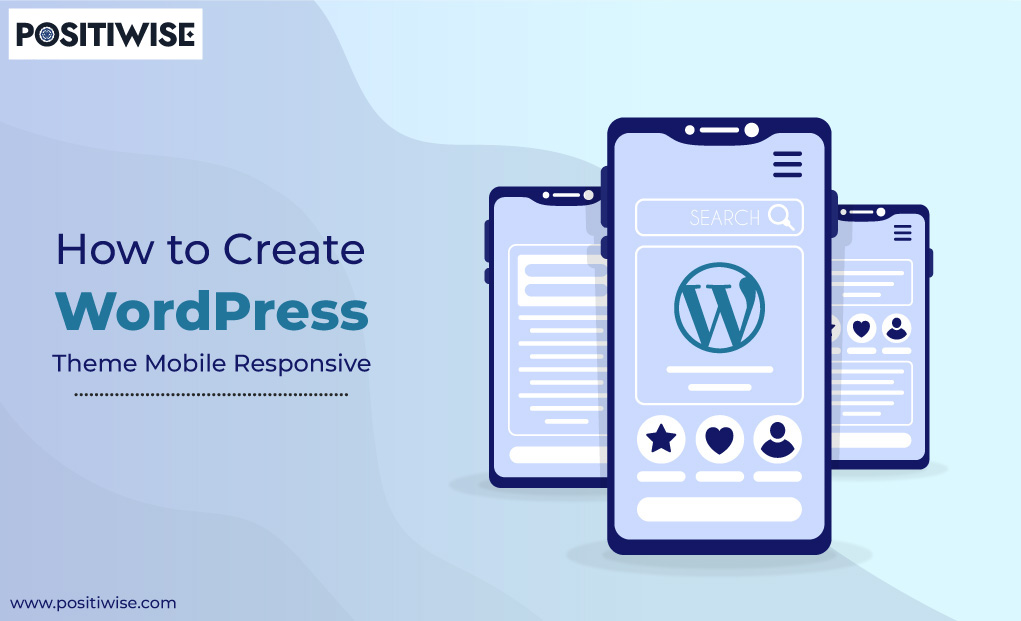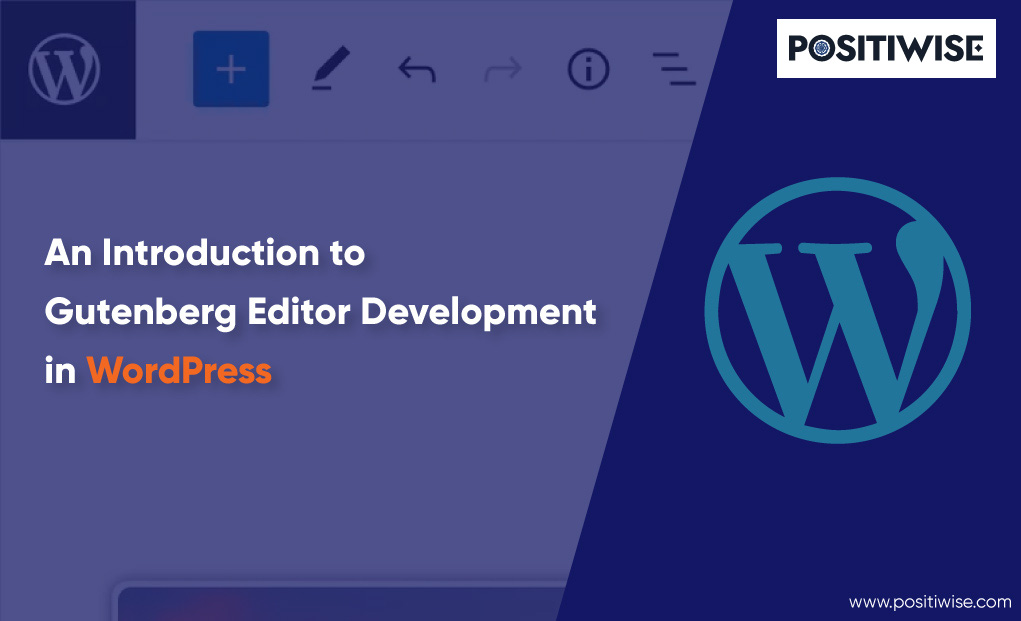Quick Overview:
Plugins are a crucial component of WordPress sites, as it helps to add new features and functionalities. And plugins are also software that you can integrate through some clicks. However, developing these plugins is a complex task only professional WordPress developers can perform.
WordPress plugin development requires expertise and an understanding of the WordPress platform. Additionally, a developer must know best practices to make sure of all crucial aspects. And here, you can learn about such top 9 best plugin customization and development practices. So, let’s get started.
Why Must You Follow WordPress Plugin Guidelines?
Whether it’s about developing a WordPress site or a plugin for extending its features, you must always follow the best practices. It helps to curate software that perfectly aligns with industry standards and helps in the following:
- Preventing vulnerable loopholes in the website.
- Maintaining compatibility with the website.
- Improving search engine ranking and overall site stability.
- Enhances site reliability, flexibility, and adaptability across devices.
Top Best Practices To Follow During WordPress Plugin Development
The top 9 best practices every developer must follow during WordPress plugin development.
#1: Define Roles and Capabilities for Users
In WordPress, roles and capabilities refer to authorization. Both terms define access to resources as per user role and responsibilities. While developing WordPress plugins, you must focus on different users using the plugin. It would help you define different controls for each set of users.
For instance, if you are developing a plugin to analyze and channel traffic flow on a site. Then, you must configure such controls only for the site admin rather than for an average user. An admin needs to assess all the internal details and perform relevant operations. Therefore, you must focus on defining users, their roles, and responsibilities before building a WordPress plugin.
In addition, WordPress offers a function known as current_user_can(). You can use it to restrict a user around minimum controls rather than providing an open environment. As a result, security will be maintained, and it will become easy to differentiate between users and push relevant updates.
#2: Sanitize and Validate Inputs
Input sanitization and validation are two fundamental aspects of WordPress plugin development. Both mechanisms help maintain data integrity and confidentiality by preventing malicious code execution and injection attacks.
If you’re developing a plugin that needs to collect some input, then validation and sanitization is a must. Validation will aid you in assessing the input as per defined policies. For instance, if you define a policy in the name field, the user only inputs the alphabet. Then, the plugin will cross-verify every input with the policy. And as an output, the attacker will get prevented from processing malicious SQL queries.
Furthermore, data sanitization supports the seamless and secure transfer of information. And it also ensures that no data is exposed to Cross-site scripting attacks. In WordPress, you can use a pre-built function called sanitize *(). As a result, the plugin will thoroughly check every data bit before passing it to the following function for processing. And due to it, website owners will ensure a secure user environment.
#3: Prefer Nonces to Develop WordPress Security Plugin
Nonces are primarily a token added to the URL to prevent CSRF (cross-site requests forgery) attacks. Its primary purpose is to ensure the user is forwarding a request to execute an operation. WordPress offers two functions, wp_create_nonce() and wp_nonce_field(), which you must utilize to implement it.
A nonce is a hashed value containing the user id and gets added as a hidden field in the URL. The system checks the hash value when a user forwards a request to the server. And if it matches, then only the server initiates an operation or provides the resources.
Further, by implementing nonce, you can prevent an attacker from sending a request from a different source by using your URL. A nonce is a crucial mechanism that must be configured to strengthen the security of administrator controls. Moreover, you should consider nonce usage while strategizing plugin security, user roles, and capabilities.
#4: Implement AJAX
AJAX is a developing technology that enables configuring scripts to update content without reloading. When you develop a WordPress plugin, use AJAX to improve functionality and security. It can support verifying user identity and streamline content editing on the page.
With the aid of an AJAX-based plugin, users can modify content, add images, embed files, and more without coming to notice. The end-user will typically navigate the site and see updated content without reloading.
In addition, WordPress offers in-built support for AJAX, which makes it highly compatible with the platform. Thus, the WordPress site will smoothly integrate plugins without any extra effort. Moreover, WordPress Development services providing companies and professionals also consider implementing AJAX through plugins rather than directly adding its code. Besides it, AJAX will reduce the load on the server, resulting in faster page loading and better user experience, retention, and conversion.
#5: Thoroughly Test WordPress Plugins
Testing is a necessary process that every WordPress plugin developer must perform. It leads to discovering potential loopholes and lack of features in a plugin and helps resolve them. To perform plugin testing, you should create a staging environment using XAMPP and MAMP servers.
Further, you must focus on performing the following tests:
- Performance Test
- Compatibility Test
- Usability Test
- Security Test
- Integration Test
- Accessibility Test and more as required
Besides it, while testing considers collecting the answers to the following questions:
- Whether the plugin functionality aligns with the set objectives?
- Does the plugin gets installed seamlessly?
- How easy is it for an average to install and activate the plugin?
- Does the plugin differentiate between user roles and offer the right access?
Similarly, you can create a set of questions and expected answers. If the plugin fails at any testing stage, revert it to development for improvement. And release it only when you get assured about its overall working and security.
#6: Consider Using WP_DEBUG
WP_DEBUG is an advanced feature you must enable while writing the code for the WordPress plugin. It would help you keep track of errors and troubleshoot them to create a reliable codebase. You can activate it by adding the following two lines within the wp-config.php file:
define( ‘WP_DEBUG’ true );
define( ‘WP_DEBUG_LOG’ true )
In addition, after completing the development, please turn it off. Otherwise, you will see notifications that are of no use anymore. Moreover, it would help if you also created a debug log to store error messages for future reference.
Furthermore, by using WP_DEBUG, you can automate the discovery of the following errors in your code:
- Notices or non-critical errors
- Warnings
- Fatal Errors
- Parse Errors
For better debugging, you can prioritize each error category as per needs and resolve them accordingly. As an outcome, a stable codebase will get generated, leading to smoothly passing testing and moving to the release phase.
#7: Leverage from WP Cron
WP Cron is an avant-garde functionality that you can include in your plugin. Mainly, Cron was created for UNIX systems to trigger tasks when a user executes a specific action or command. But, in WordPress, you can configure such functionality in your plugin.
Additionally, with WP Cron, you can lower the load on the server and improve the speed and performance to handle hundreds of requests at a time. Moreover, it would aid in scheduling the task execution based on the number of visitors and overall traffic on the site. Also, you can use it to provide schedule posts, send alerts and check for updates operations.
However, WP Crone has a restriction that only triggers a routine task once the site traffic reaches a minimum limit. But, you can eliminate such limitations by fixing the code using functions such as wp_remote_get, wp_send_json_error, wp_send_json_success, zeroise, and more.
#8: Choose the Right Plugin Architecture
Architecture is essential in a WordPress plugin’s performance, reliability, and security. Choosing a relevant architecture according to your requirements would be best. For instance, its architecture can be simple if you curate a plugin for small case usage.
However, if you build a plugin for large-scale usage, you must differentiate script files from style files.
In addition, I prefer MVC architecture for easy maintenance and scalability. It will help you create a clean codebase, which you can effortlessly document and change. Moreover, you will get the following benefits with it:
- Easy code upgradation in the future.
- Elimination of complex classes for small-purpose plugins
- Easy to find a file and edit it, saving time and effort.
- Faster development using MVC
- MVC leads to building SEO-friendly plugins and enhancing website ranking across search engines.
- It makes it easy for development team members and open-source contributors to pull requests and make relevant changes.
#9: Follow WordPress Plugin Development Standards
For efficient plugin development, WordPress has defined some standards and divided them into four major parts, including:
- HTML Coding Standards
- CSS Coding Standards
- JavaScript Coding Standards
- PHP Coding Standards
Every WordPress plugin developer must understand the standards before starting the development. And also it focuses on readability, reliability, and flexibility while wiring and curating the codebase. In addition, unique names must be set for each variable, function, class, and CSS selector to recognize and edit the file easily.
Further, ensure to follow design best practices also, which include:
- I prefer using tabs instead of spaces.
- You must leave a space of two to three lines before writing CSS code for a component.
- Use a namespace with a prefix.
- Use a hyphen to differentiate and separate the selectors from each other.
By following all such coding standards, you can ensure the development of a high-performing, compatible, stable, and secure plugin. And it would also become easy to publish it on the WordPress platform.
From Where To Avail WordPress Plugin Development Services
Developing a WordPress plugin requires immense experience and expertise in the field. Otherwise, it can lead to open loopholes for attackers, leading to data breaches and revenue loss. Therefore, you must always prefer availing the WordPress Plugin Development services from a reputed company, such as Positiwise Software Pvt Ltd.
Positiwise has 10+ years of experience building custom WordPress plugins, fulfilling each user requirement. In addition, it also offers:
- WordPress Consultation
- WordPress Site Development
- Maintenance and Support Services
- WordPress Migration
- Website Security Configuration
- Custom WordPress Theme Development and more
In addition, its WordPress developers understand all the aspects to focus on and guidelines to follow while curating plugins. Your only task is to relax, as all other tasks will get handled by Positiwise.
Schedule a 30 Min Free Call for WordPress Development Consultation
Let’s discuss your WordPress project. Schedule a free 30 min consultation with our WordPress experts. We’ll evaluate your needs and provide solutions. Book now.

Concluding Up
You must consider many things to develop a plugin, such as user requirements, core functionalities, and more. However, best practices are also a crucial factor that you must focus upon. It helps to align the plugin with industry standards. Before you start with WordPress plugin development, define roles and capabilities, make a strategy, and prefer using AJAX.
In addition, follow WordPress coding standards, and select a reliable architecture by considering the plugin’s long-term and short come goals. With all the mentioned best practices, you can build a plugin of the utmost quality, providing complete data security and high performance.
Expert in Marketing Strategy and Brand Recognition
Jemin Desai is Chief Marketing Officer at Positiwise Software Pvt Ltd, he is responsible for creating and accelerating the company’s marketing strategy and brand recognition across the globe. He has more than 20 years of experience in senior marketing roles at the Inc. 5000 Fastest-Growing Private Companies.






